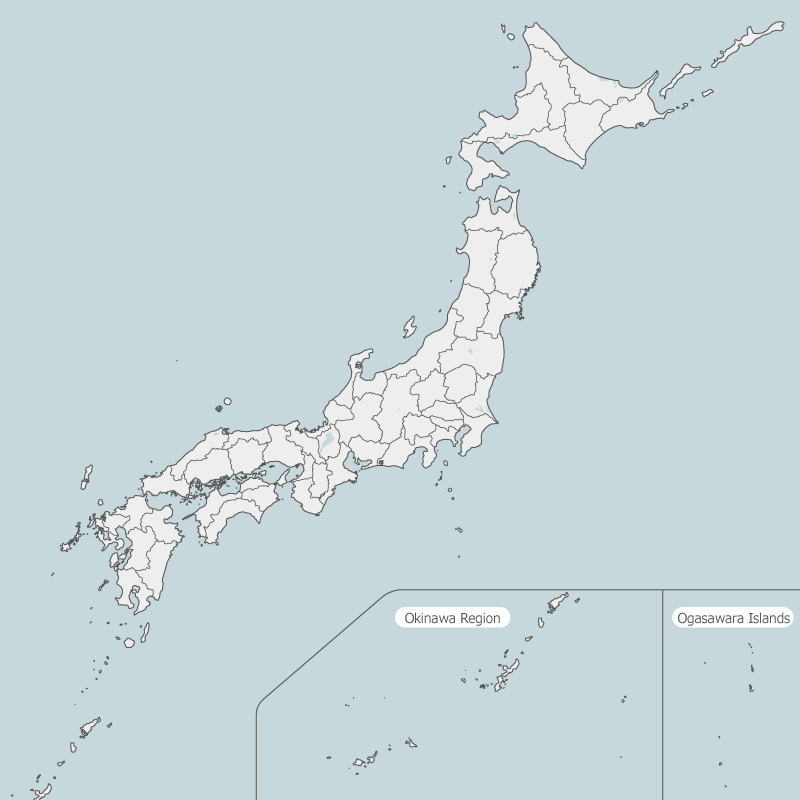Special Heat Stroke Alert ・ Heat Stroke Alert
Alert Map
Updated at Dec 13(Sat)17:00
Today[Dec 14]

About Heat Stroke Alert
"Heat Stroke Alert" is information that calls attention to dangerous heat and encourages people to take actions to prevent heat illness. The Heat Stroke Alert is issued by the Ministry of the Environment (MoE) and the Japan Meteorological Agency (JMA) when the risk of heat illness is predicted to be extremely high based on the WBGT heat stress index forecast.
The outline of the Heat Stroke Alert is as follows:
- Announcement units
Japan is divided into 58 regions, and the Heat Stroke Alert will be announced by each region. - Announcement standard
The Heat Stroke Alert will be announced when the WBGT index is 33 or higher. - Announcement time
The Heat Stroke Alert will be announced at 5:00 pm the previous day, and again at 5:00 am the following day, based on the latest available predictions. - Operation Term
The Heat Stroke Alert will be announced from the fourth Wednesday of April to the fourth Wednesday of October. In 2021, it is from 5:00 pm on April 28 to 5:00 am on October 27.
When the Heat Stroke Alert is issued:
- Avoid going out as much as possible and keep the room cool with an air conditioner and the like.
- Avoid exercising as a general rule.
- Check the heat index in your immediate surroundings and take action to prevent heat illness.
- Encourage the elderly around you to use air conditioners and the like, regardless of whether it is daytime or nighttime.
- Children, people with chronic illnesses, obese people, and people with disabilities are more susceptible to heat illness in addition to the elderly. Before you get thirsty, be proactive and set fixed times for taking frequent breaks and stay hydrated (1.2L per day).

